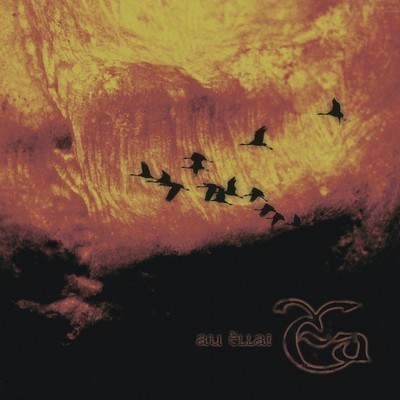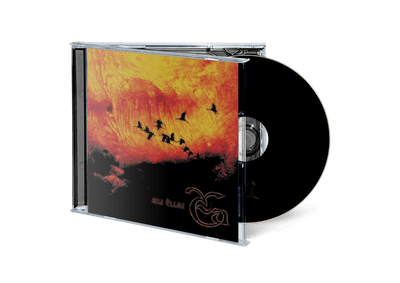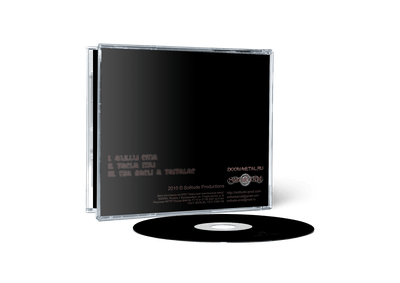- С этим товаром часто покупают...
- Просмотреть список опций
| КОД | Варианты альбома | Доступность | Цена | ||
|---|---|---|---|---|---|
|
|
SP. 012LP VinylX
|
Нет в наличии
|
34.72 € | ||
|
|
SP. 033-10 xn
|
Нет в наличии
|
6.94 € | ||
|
|
SP. 012LP VinylX
|
Нет в наличии
|
43.40 € |
Третий альбом таинственной группы соединил в себе музыкальную концепцию, заложенную в предыдущих альбомах: возвышенную воздушность «Ea Taesse» и суровую мрачность «II». Неповторимая атмосфера Ea соединила в себе эпический funeral doom с атмосферным эмбиентом, добавив к общему полотну заметное влияние классической музыки. Меланхоличное фортепьяно, красивые протяжные соло-гитары и хоровые подкладки создают монументальный памятник ушедшим цивилизациям, чьим олосом является самобытная и яркая музыка Ea. Завершение трилогии Ea – это начало пути к истокам Мира.
Треклист:
I Aullu Eina 23:47
II Taela Mu 10:01
III Nia Saeli A Taitalae 18:08
Артист:
Ea
Год альбома:
2010
Название:
Au Ellai
Стиль:
epic funeral doom
Формат:
Compact Disk
Тип:
CD
Упаковка:
Jewel Case
Лейбл:
Solitude Productions
Кат. номер:
SP. 033-10
Год издания:
2010
Страна-производитель:
Russia























































